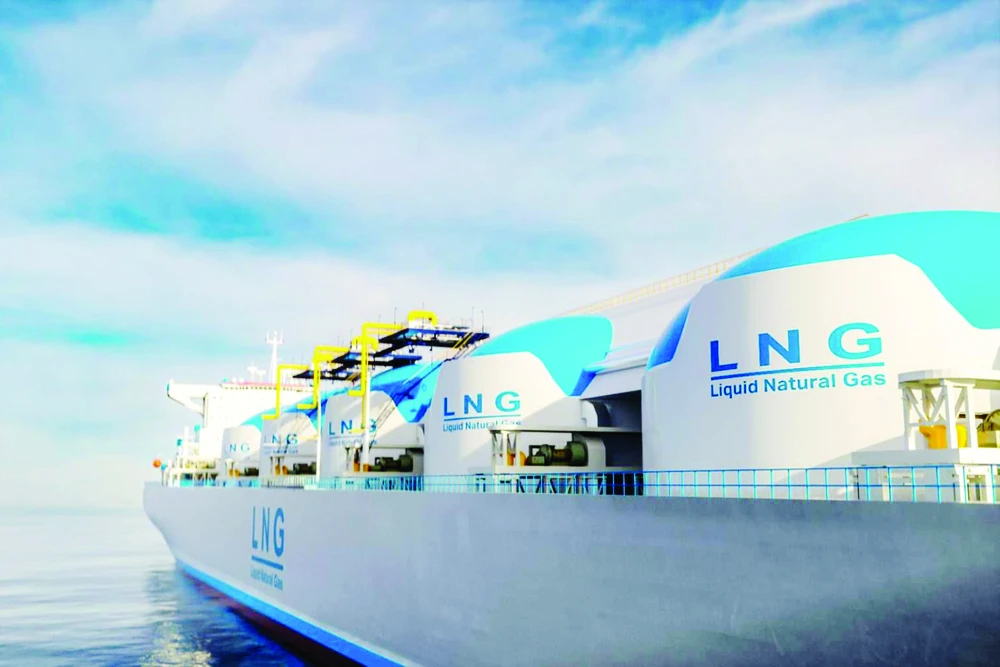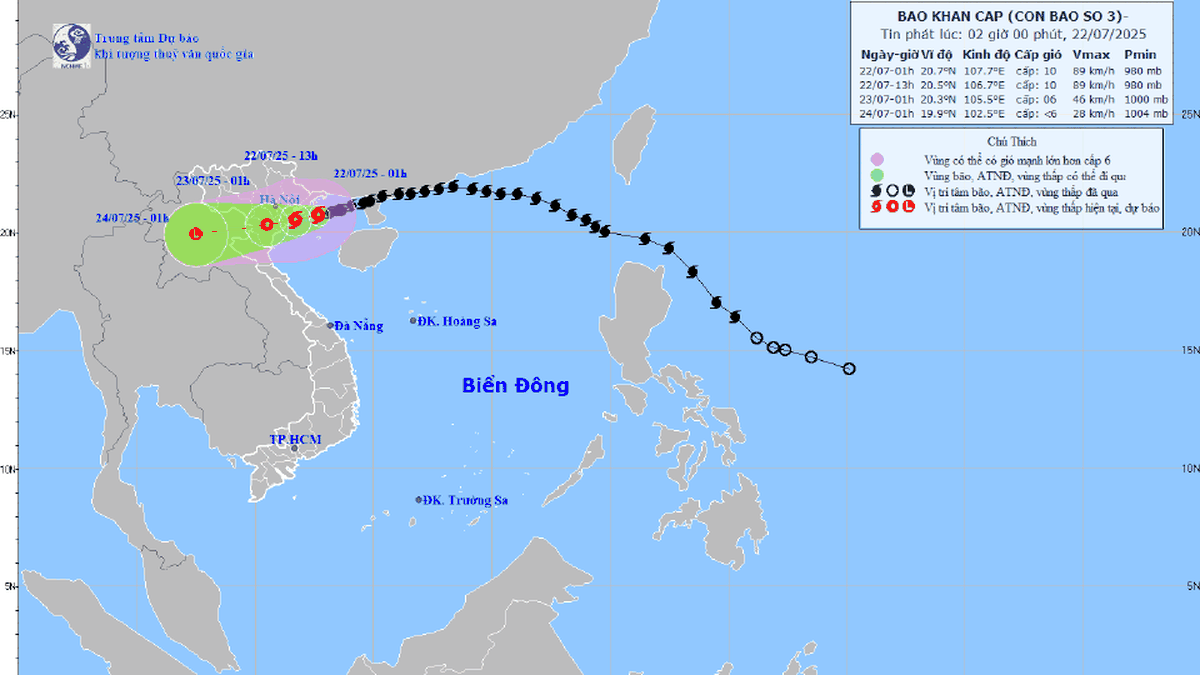On February 15, British energy group Shell predicted that the world 's demand for liquefied natural gas (LNG) will increase by more than 50% by 2040; at the same time, the demand for natural gas in ASEAN countries will also increase by 50% by 2050, mainly due to reduced coal use.
Shell estimates that natural gas demand in some regions has peaked, although demand is still growing globally. LNG demand is forecast to reach 625-685 million tonnes per year by 2040 and will continue to increase after 2040, mainly due to industrial energy demand in China and economic development in South Asia and Southeast Asia. Mr. Steve Hill, Executive Vice President of Shell Energy, said that China could be the strongest growth market for LNG demand this decade as its industry seeks to switch from coal to gas to reduce carbon emissions.

Shell said global LNG trade would reach 404 million tonnes in 2023, up from 397 million tonnes in 2022. Despite the slight price increase due to tight supplies, LNG will still play an essential role in ensuring energy security for the European Union (EU) in 2023, after Russia reduced exports to the bloc from 2022. Gas prices in 2023 in the EU have also fallen after setting multiple records due to the impact of the Russia-Ukraine conflict. However, Shell said gas prices and volatility in 2023 will still be higher than in the 2017-2020 period.
Previously, the Gas Exporting Countries Forum (GECF) also predicted that ASEAN's natural gas demand will increase by more than 50% by 2050 in the context of the region moving towards reducing the use of coal power. GECF Secretary General Mohammed Hammel said: "Southeast Asia's natural gas demand is expected to increase to 350 billion m3 in the next 3 decades. In the ASEAN region, switching from coal to gas is an easy solution to improve air quality and reduce greenhouse gas emissions. Natural gas is a partner to renewable energy, providing backup solutions and stability for the grid."
The share of natural gas in the region’s energy mix is forecast to increase steadily to 24% by 2050. GECF data shows that ASEAN’s natural gas demand will be 160 billion m3 in 2021, of which 80 billion m3 will be used for power generation, followed by the industrial sector with 50 billion m3 .
These two sectors will continue to account for the largest share of ASEAN’s natural gas demand in 2050. According to GECF, ASEAN remains heavily dependent on coal, which accounted for 24% of the region’s energy mix in 2021 but is likely to decline to 13% by 2050 amid an increasing share of clean energy.
There is still debate about whether LNG can bridge the gap between coal and renewables like wind and solar. With China’s steel industry alone emitting more carbon than the UK, Germany and Türkiye combined, natural gas has an increasingly important role to play in curbing one of the world’s biggest sources of carbon emissions and air pollution, says Steve Hill.
VIET ANH
Source

























![[Photo] National Assembly Chairman Tran Thanh Man visits Vietnamese Heroic Mother Ta Thi Tran](https://vphoto.vietnam.vn/thumb/1200x675/vietnam/resource/IMAGE/2025/7/20/765c0bd057dd44ad83ab89fe0255b783)











































































Comment (0)